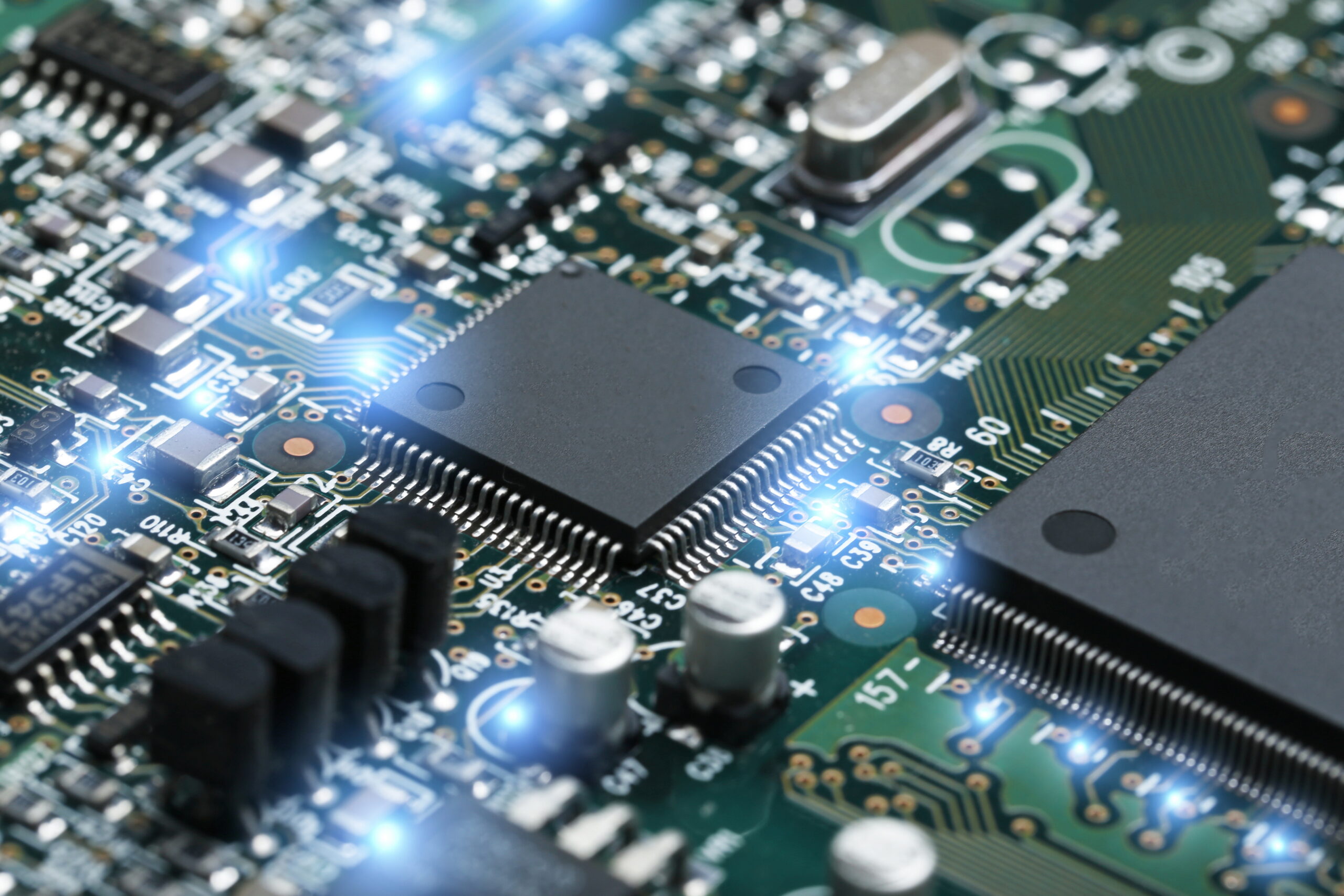Electronic Assembly

Manufyn supports all types of complex Electronic assemblies with its state of the art infrastructure, High Tech machines for SMT and THT. Automated Optical Inspection systems and manual inspection is carried out to detect any defects, such as solder joint issues, component misplacements, or shorts. Functional testing is also done to verify the performance of the assembled electronic devices.
Electronic assembly processes involve the manufacturing and assembly of electronic components to create functional electronic devices. These processes are critical for industries such as consumer electronics, telecommunications, automotive, aerospace, and more. The assembly process can vary based on the complexity of the device, the components used, and the production volume. Here are some common electronic assembly processes:
Testing and Quality Control:
- Functional testing ensures that the assembled electronic devices meet specifications and perform as intended.
- Inspection processes, such as Automated Optical Inspection (AOI) and X-ray inspection, help identify defects and ensure quality.
1. Surface Mount Technology (SMT):
- SMT is a widely used process where components are mounted directly onto the surface of a printed circuit board (PCB).
- Components include integrated circuits (ICs), resistors, capacitors, diodes, and connectors.
- SMT is known for its high-speed assembly and compact design capabilities.
2. Through-Hole Assembly:
- Through-hole components have leads that are inserted into holes on the PCB and then soldered on the opposite side.
- Used for components requiring higher mechanical strength or connections that are prone to mechanical stress.
3. BGA (Ball Grid Array) Assembly:
- BGA is a type of SMT that uses small solder balls to connect components to the PCB.
- BGA packages are often used for high-performance devices due to their ability to handle high pin counts and heat dissipation.
4. Reflow Soldering:
- In SMT, reflow soldering uses a reflow oven to melt solder paste and create connections between components and PCB pads.
5. Wave Soldering:
- Used for through-hole components, wave soldering involves passing the assembled PCB over a wave of molten solder to create solder joints.
6. Manual Assembly:
- For prototypes, low-volume production, or delicate components, manual assembly by skilled technicians is common.
7. Automated Assembly:
- High-volume production often involves automated assembly lines where machines place and solder components, test functionality, and inspect for defects.
8. Encapsulation and Potting:
- Encapsulation involves protecting sensitive electronic components from environmental factors using resins or coatings.
- Potting involves filling an enclosure or housing with a protective material to shield components from moisture, vibration, and shock.
9. Wire Bonding:
- Wire bonding is used to connect semiconductor chips to lead frames or interconnects using fine wires made of gold, aluminum, or copper.
10. Clean Room Assembly:
- For sensitive devices such as microelectronics and medical devices, assembly is often done in controlled environments to prevent contamination.
Commodities
Brochures
View our 2023 brochure for an easy to read guide on all of the services offer.

